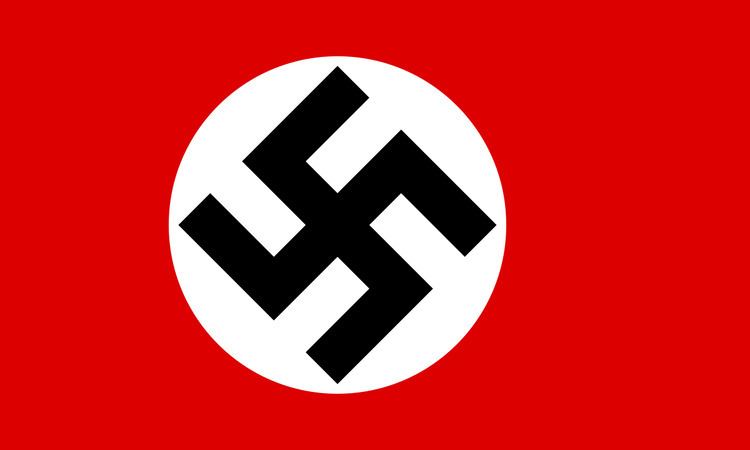1933–1945 → → | Flag Coat of arms 1936–1945 Emil Sturtz | |
 | ||
The Gau Mark Brandenburg was formed in 1933 initially under the name Gau Kurmark in Nazi Germany initially as a district within the Free State of Prussia. In 1935, Germany's constituent states were dissolved and the Gaus replaced the states and their responsibilities. In 1940, Kurmark was renamed Mark Brandenburg. The Gau was dissolved in 1945, following Allied Soviet occupation of the area and Germany's formal surrender in 1945. After the war, the territory of the former Gau became part of the state of Brandenburg in East Germany except one of beyond Oder-Neisse line, which was given to People's Republic of Poland. Most territories of it are divided between Germany's State of Brandenburg and Poland's Lubusz Voivodeship now.
History
The Nazi Gau (plural Gaue) system was originally established in a party conference on 22 May 1926, in order to improve administration of the party structure. From 1933 onward, after the Nazi seizure of power, the Gaue increasingly replaced the German states as administrative subdivisions in Germany.
At the head of each Gau stood a Gauleiter, a position which became increasingly more powerful, especially after the outbreak of the Second World War, with little interference from above. Local Gauleiter often held government positions as well as party ones and were in charge of, among other things, propaganda and surveillance and, from September 1944 onward, the Volkssturm and the defense of the Gau.
The position of Gauleiter in March of Brandenburg was originally held by Wilhelm Kube (1933–36), followed by Emil Sturtz (1936–45).
The Ravensbrück concentration camp and Sachsenhausen concentration camp were located in the Gau March of Brandenburg. Ravensbrück was a women's camp. Of the 132,000 prisoners that were sent to the camp 92,000 perished. Of the estimated 200,000 prisoners at Sachsenhausen 30,000 perished. However this figure does not include prisoners that died on the way to the camp or were never registered and killed on arrival, the latter mostly Soviet prisoners of war.
